Windows on ARM is getting its most significant boost thanks to the new 8cx and 7c+ Gen 3 processors.
What you need to know
- Qualcomm has announced the new Snapdragon 8cx and 7c+ Gen 3 processors for Windows PCs.
- The 8cx Gen 3 gets a boost of 40% for single-core, 85% for multi-core, and 60% for GPU over the 8cx Gen 2, making the most substantial improvement yet.
- Games on the 8cx can reportedly run at full HD and hit 120 FPS.
- The 6nm 7c+ Gen 3 delivers up to 40% better CPU performance and 35% better graphics performance than the 7c Gen 2.
- Both chips will appear in consumer devices in the first half of 2022.
Qualcomm just announced two new processors for Windows on ARM at its 2021 Snapdragon Summit.
While these chips are not part of the next-gen Nuvia processors, which are expected to ship in consumer products in 2023, these are the most significant leap in performance to date for Windows on ARM. The new chips also push new technology like AI, Wi-Fi 6E, and 5G to more devices.
The Snapdragon 8cx and 7c+ Gen 3 chips are due to ship in new PCs in the first half of 2022, making a quicker turnaround than previous announcements for the company.
Qualcomm Snapdragon 8cx Gen 3
The big story is the new Snapdragon 8cx Gen 3, which, for the first time, hits 5nm for Windows PCs.
Qualcomm claims the 8cx Gen 3 is substantially more powerful than the Gen 2, currently found in the Microsoft Surface Pro X SQ2 and the HP Elite Folio, with a boost of 40% for single-core, 85% for multi-core, and 60% for GPU performance over the 8cx Gen 2 making the most substantial improvement yet.
The claims seem to hold going by recently leaked Geekbench 5 benchmarks for the 8cx Gen 3. The single-core score of 1,010 puts the Snapdragon 8cx Gen 3 in the range of the Lenovo Yoga C740 with an Intel Core i5-10210U CPU.
The multi-core scores of the Snapdragon 8cx Gen 3 look even more promising. A Geekbench 5 multi-core score of 5,355 places the processor above the HP Spectre x360 14 with an Intel Core i7-1165G7.
While those numbers still fall short of Apple's M1 line of processors, for most consumers, getting Core i7 multi-core performance with much better battery life is still a winning combination, especially when put into unique 2-in-1 form factors that are entirely fanless.
Battery life is still claimed at "over 25 hours," although that number is device-dependent and under specific scenarios. Qualcomm, however, told us that battery life is effectively the same between the 8cx Gen 2 and Gen 3 despite the tremendous performance improvement.
Qualcomm goes into more detail in its press release:
The enhanced Qualcomm Kryo CPU combines high-performance cores for power when you need it and energy-efficient cores for less intensive tasks, delivering responsive performance and long-lasting battery life. Our efficiency cores now match the performance cores of the previous generation while significantly decreasing overall power draw. Along with the integration of new "Prime" performance cores, Snapdragon 8cx Gen 3 delivers up to a 40 percent boost for single-thread workloads and 85 percent boost for multi-thread workloads compared to the predecessor. This improvement in performance per watt means getting work done faster, while saving plenty of room for entertainment and content consumption.
Gaming and graphics are also getting a "tremendous" boost:
… with up to 60 percent performance gains compared to the previous generation. That's more power for video and photo editing applications, video conferencing, and gaming. Games can run at full HD resolution at up to 120 FPS, making Snapdragon 8cx Gen 3 an entertainment powerhouse.
Besides raw performance, the chipset is also getting upgrades in other areas, including:
- Cameras: Up to four cameras are now supported, allowing for "multiple front-facing cameras on detachable form factors" as well as 4K and HDR. Camera startup time is also increased by 15%.
- Audio: Echo Cancellation and Noise Suppression are now included using advanced AI technologies.
- AI: Snapdragon 8cx Gen 3 has more than three times the AI capabilities of the previous generation and significantly leads the competition with over 29 TOPS of acceleration. This translates to more accurate and innovative experiences, along with faster security features like threat detection. Improved 5G: The Snapdragon X55 Modem-RF System enables reliable connections with up to 7.5 Gbps speeds. Support will also be extended to the latest Snapdragon X65 Modem-RF System, allowing users the freedom to be productive from almost anywhere
- Wi-Fi 6E + FastConnect: This connectivity system supports the fastest Wi-Fi speeds available, with multi-gig speeds supported at up to 3.6 Gbps. FastConnect 6900 also makes use of 4-stream DBS to support Wi-Fi Dual Station for extremely low latency and responsiveness.
- Enhanced security: A Secure Boot process enables NIST recovery, designed to better prevent systems from loading corrupt firmware, while Microsoft Pluton integration into the Qualcomm Secure Processing Unit reduces the surface area open to attacks. Secure Camera for Windows Hello, enhanced sensors, and cutting-edge encryption practices round out Snapdragon 8cx Gen 3 as a truly security-rich platform for online collaboration for consumers, businesses, and education.
Overall, the Snapdragon 8cx Gen 3 looks very promising and more interesting than any previous upgrades to its PC compute line.
Of course, Intel is expected to announce its 12th Gen mobile processors in early 2022 (with a spring release), likely at CES, utilizing its similar Performance and Efficiency core design, possibly giving Qualcomm a run for its money.
Qualcomm Snapdragon 7c+ Gen 3
Up until now, Qualcomm has had the Snapdragon 7c and 7c Gen 2 processors for entry-level devices like the Samsung Galaxy Book Go. While the 7c Gen 2 edges out Intel's entry-level chips in some areas, they're still not very competitive as we've argued, suggesting people should wait for a "Gen 3."
The new Snapdragon 7c+ Gen 3 could be that chip. It will be sold alongside the 7c Gen 2, but it is considered a slightly higher tier.
Qualcomm didn't go into too much detail about 7c+ Gen 3, but it did note it's now a 6nm architecture. Performance is "up to 40 percent better CPU performance and 35 percent better graphics performance" than the 7c Gen 2, which is noteworthy.
Like the 8cx Gen 3, the 7c+ Gen 3 adds "FastConnect 6700, bringing incredible Wi-Fi 6 and Wi-Fi 6E speeds" and an integrated Snapdragon X53 Modem-RF System bringing 5G to entry-level devices for the first time.
Availability
While no new Windows PCs were announced with either chip, Qualcomm remarked that this would be quicker than previous announcements where devices didn't ship until an agonizing eight months later.
Instead, Qualcomm is confident we'll see new hardware with the 8cx Gen 3 and 7c+ Gen 3 in the first half of 2022. That means we could get some actual announcements during CES, which takes place in early January, with a commercial release towards May (which follows Intel and AMD's market execution).
Likewise, Qualcomm continues to push "always connected" 4G and 5G Windows on ARM PCs. Still, the company allows Wi-Fi-only models like Surface Pro X and Galaxy Book Go to compete more aggressively in price. That practice will continue with these news chips, leaving the decision up to OEMs on which features and price points they would like to target.
Besides the new PC processors, Qualcomm also announced a new gaming-specific chip. The Snapdragon G3x Gen 1 will be featured in a new handheld reference design made with Razer and focuses on game streaming. The company also announced its latest smartphone processor, the Snapdragon 8 Gen 1.
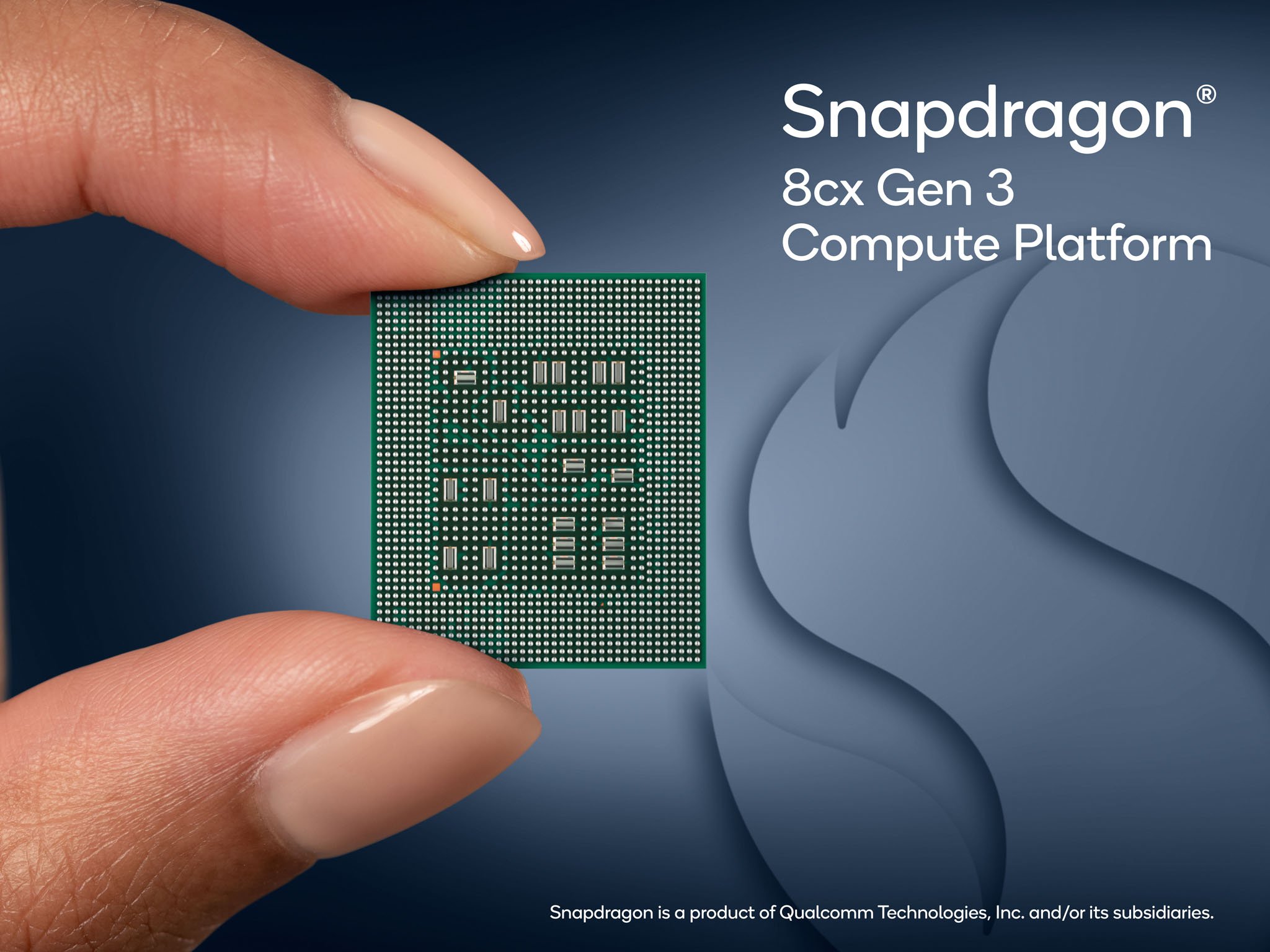
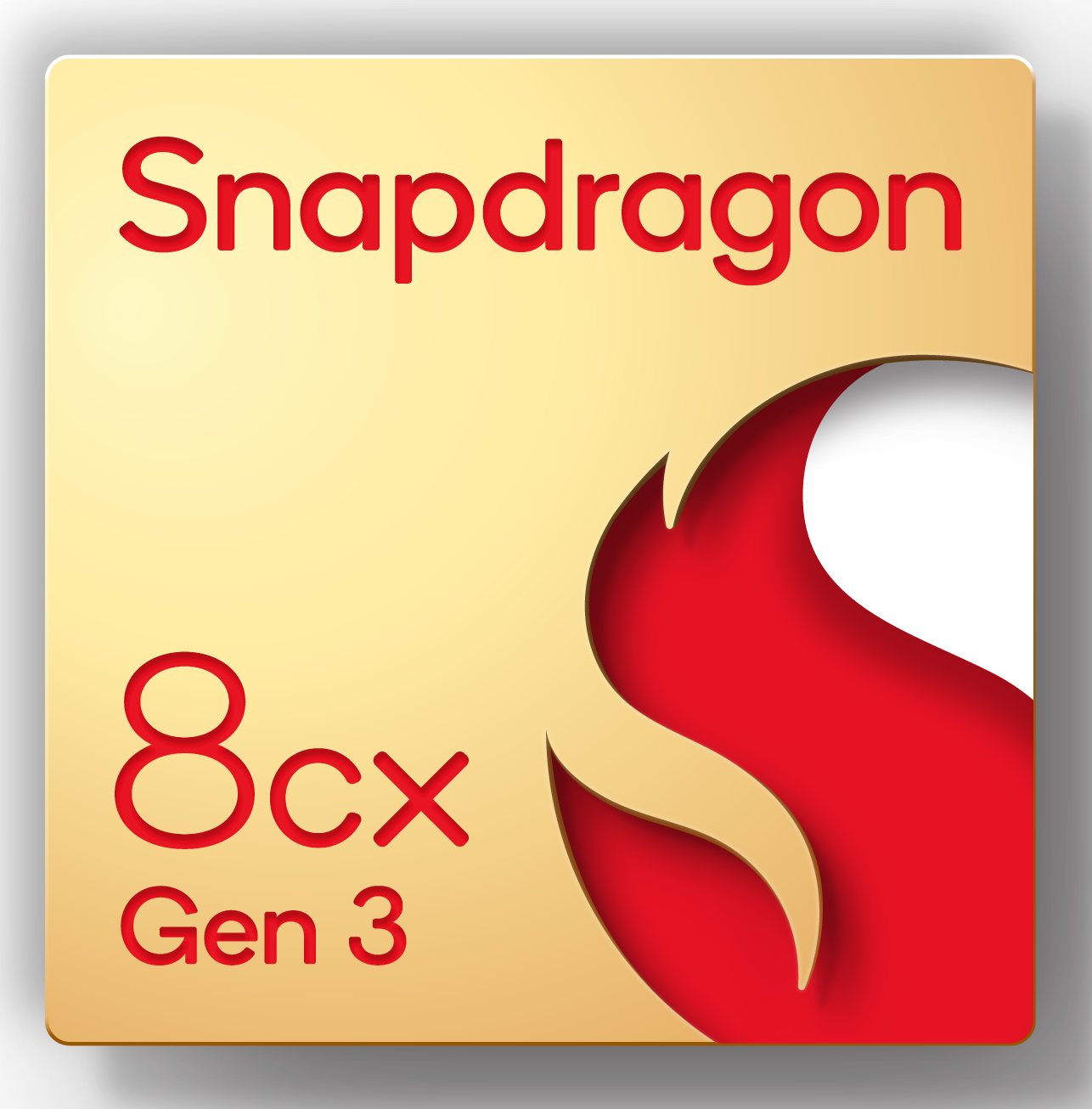
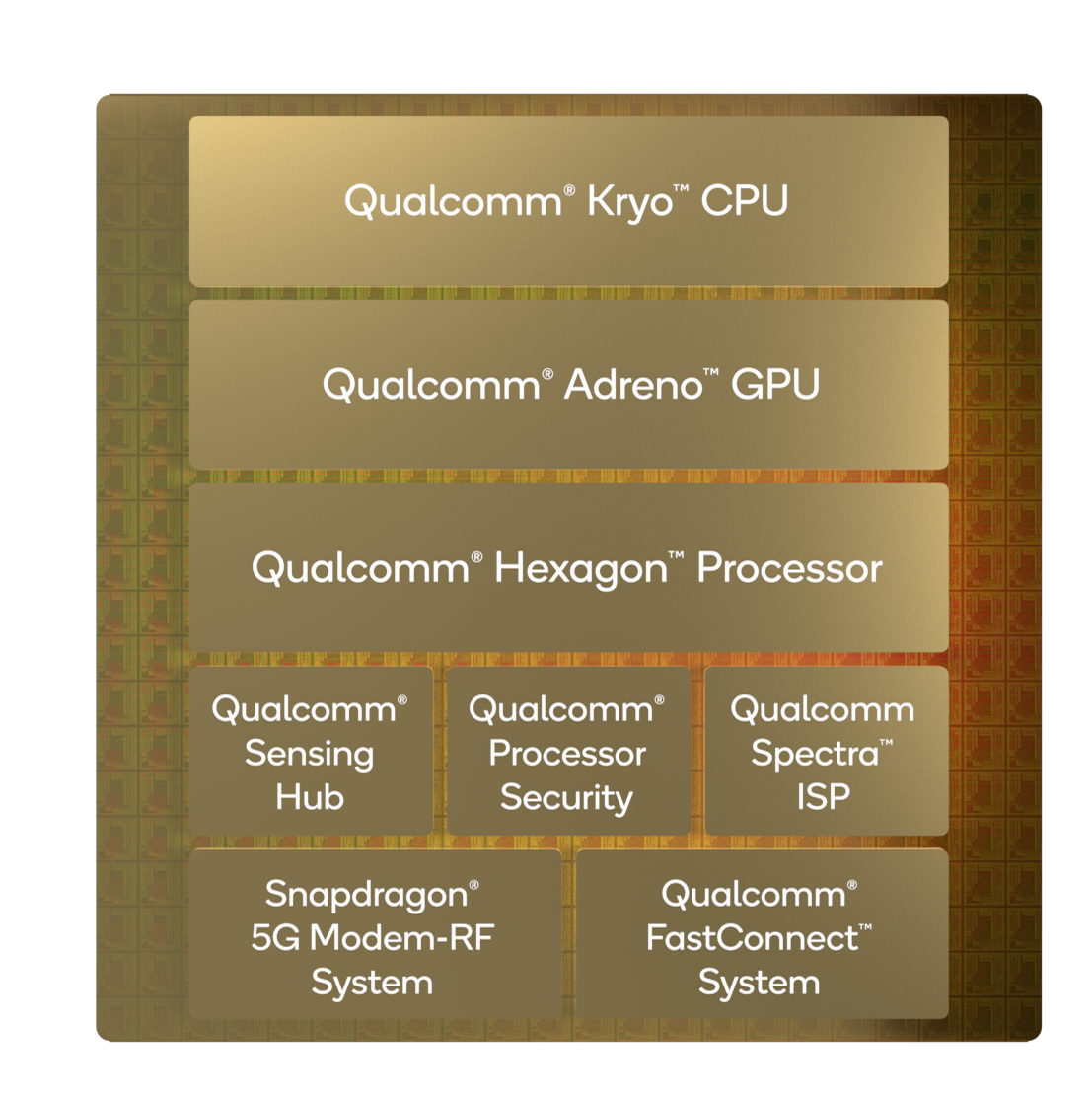
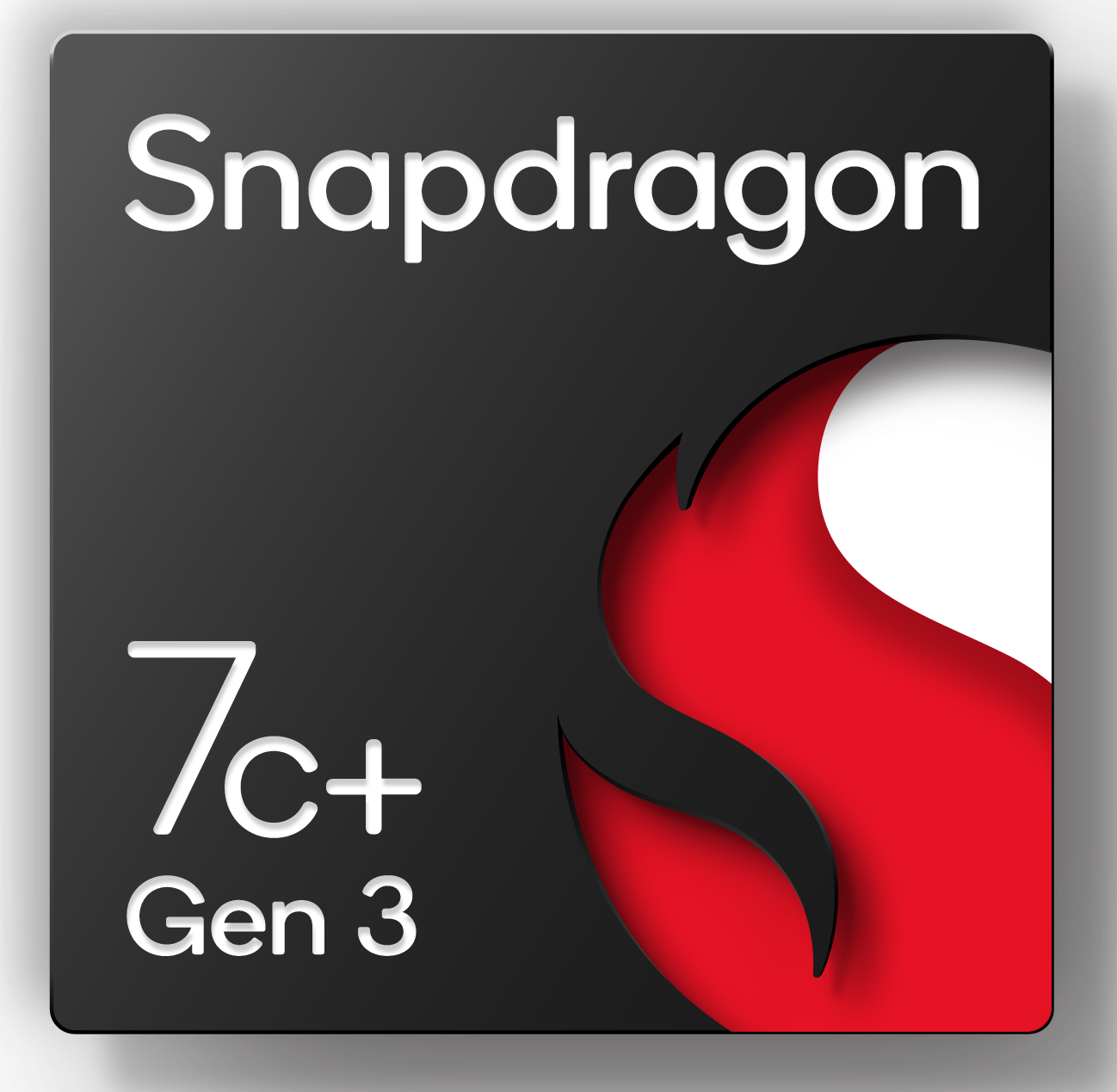
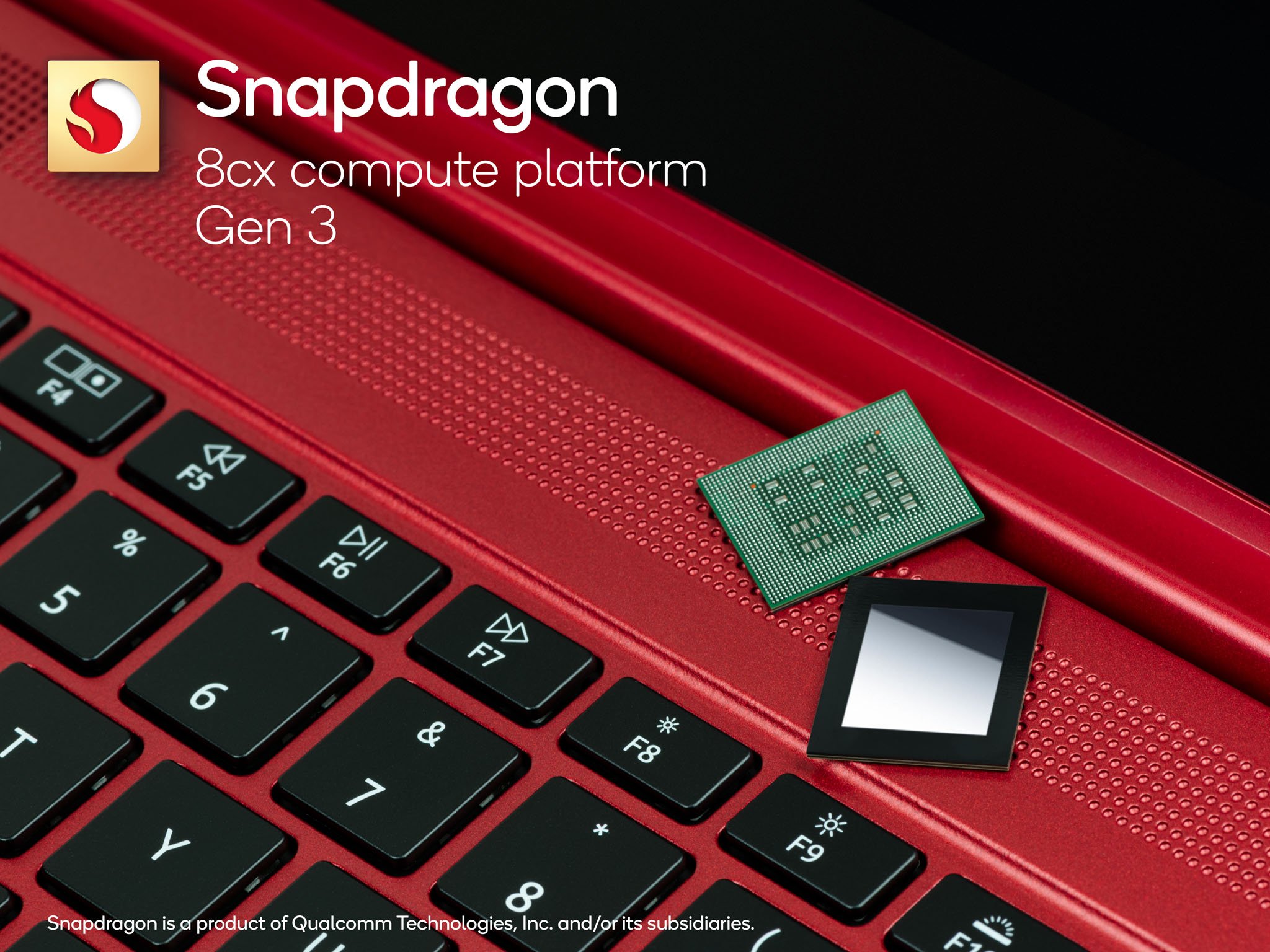


0 Commentaires